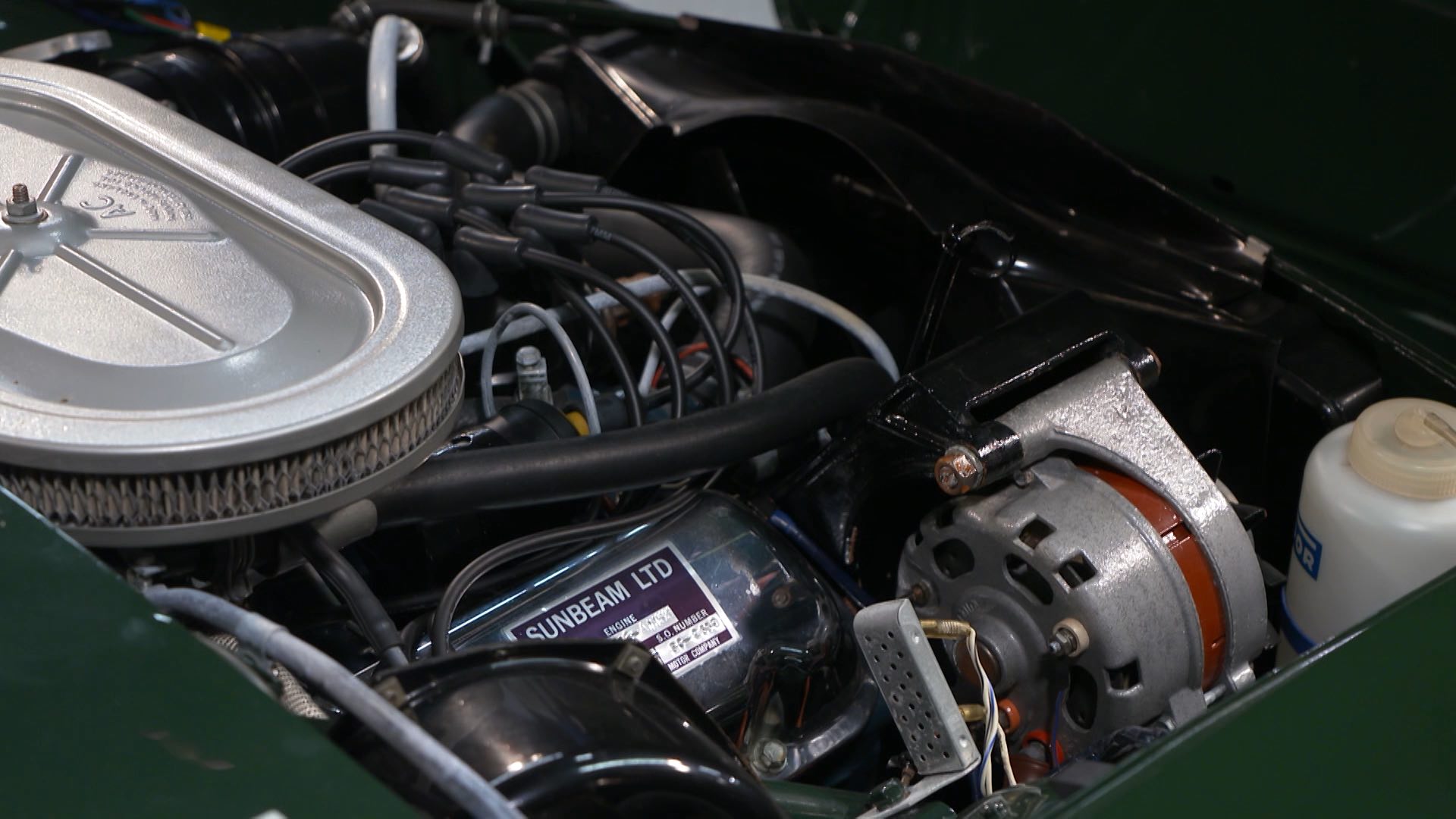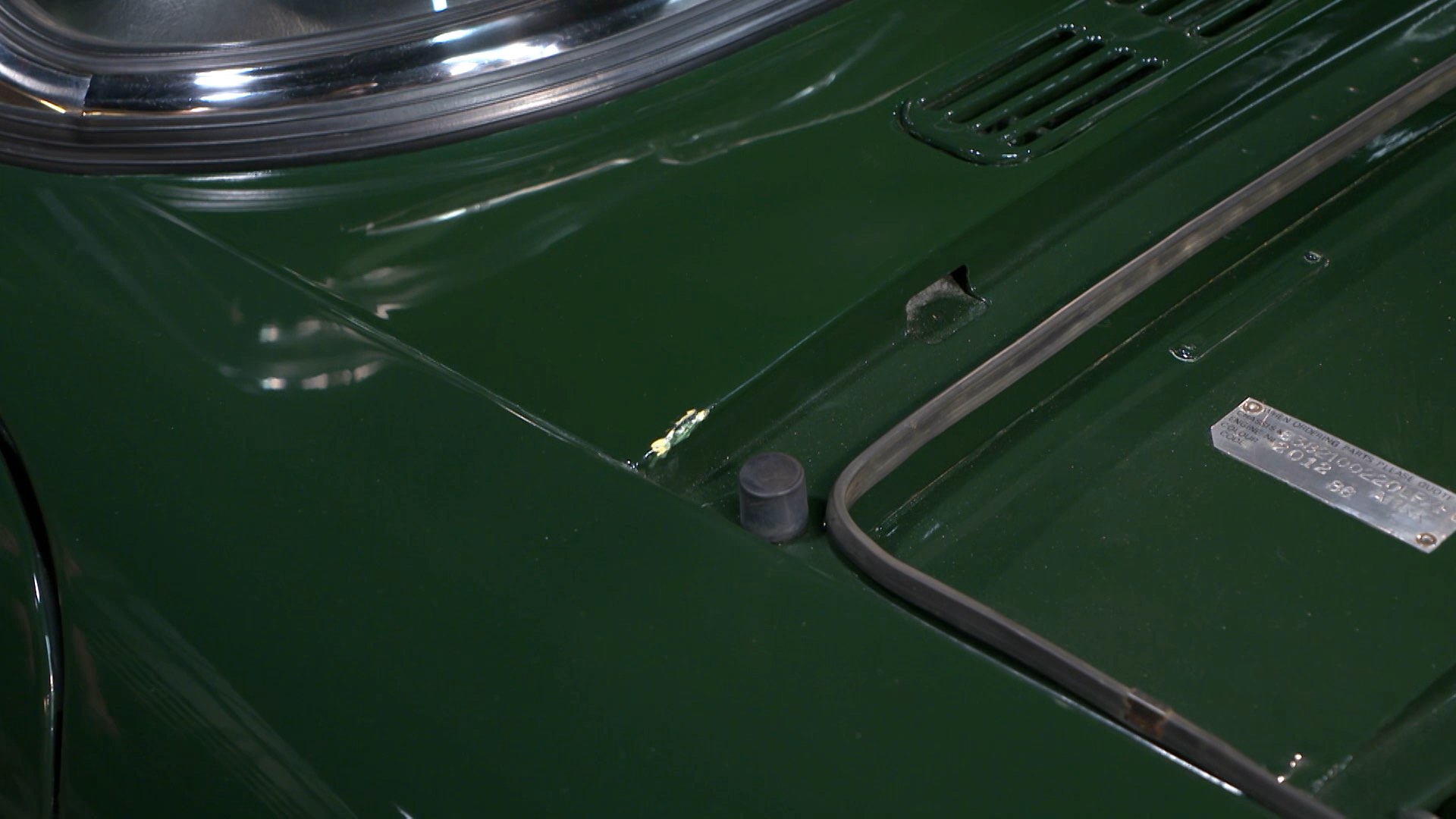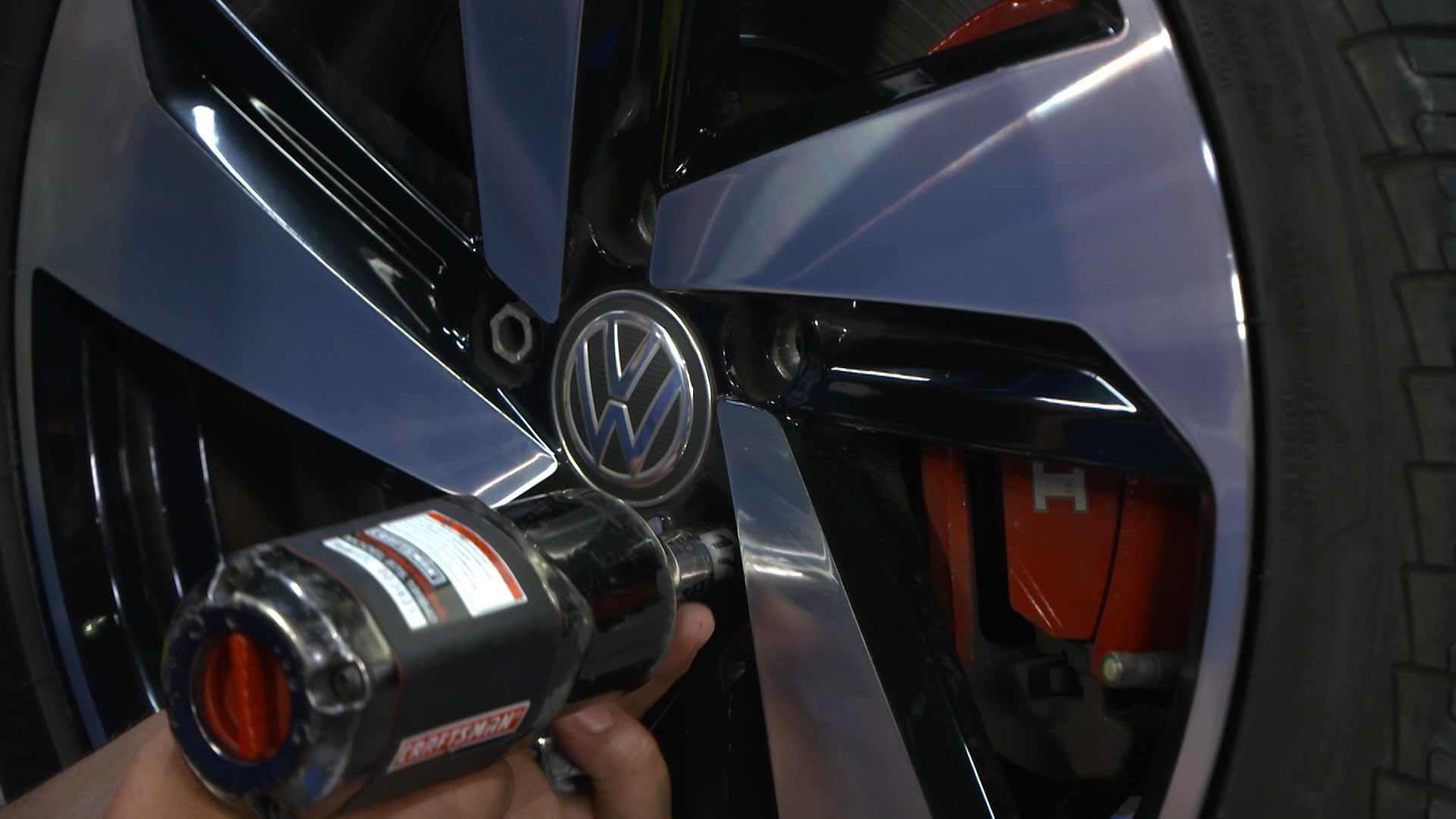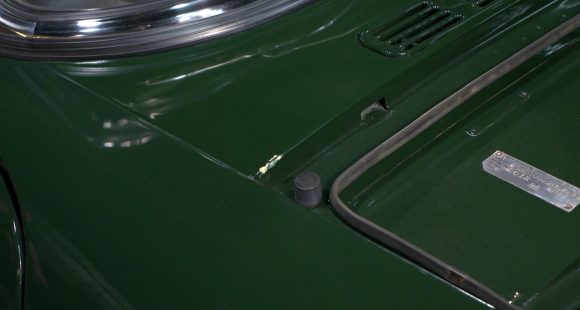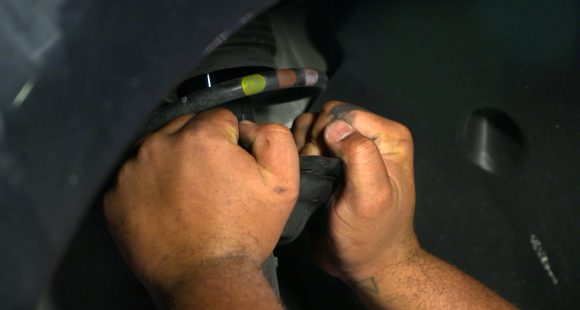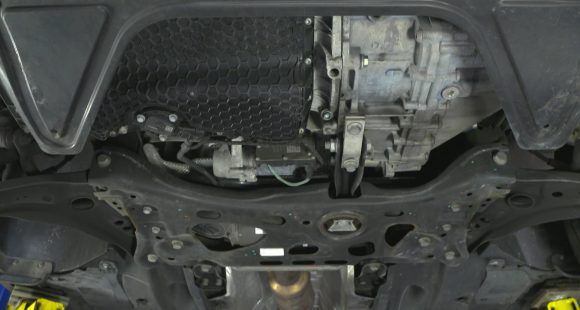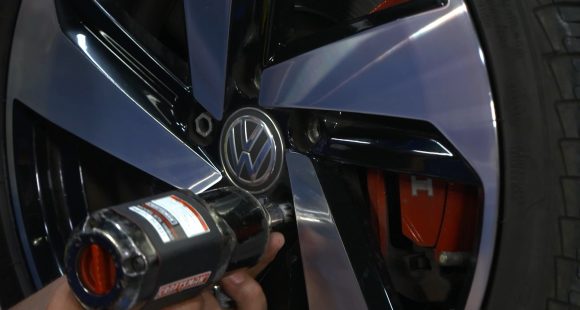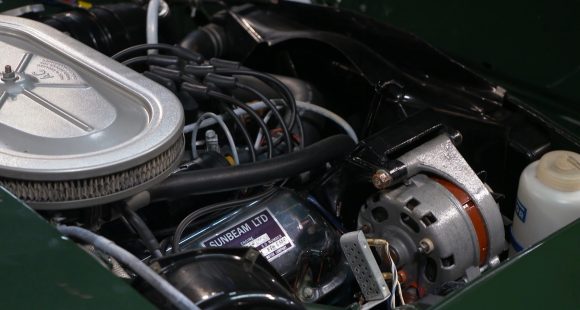Used Car Walkaround
This week, we join Audra Fordin and Logan McCombs down in the garage as they team up for the Do’s and Don’ts when buying a used car.
AUDRA FORDIN: If you’re shopping for a used car or truck, you should always look it over in person before you buy it.
LOGAN MCCOMBS: Here are a few checklist items that will help you to ensure that you’re not buying someone else’s headache first, because no one likes that.
AUDRA FORDIN: Yeah, for sure. Take a walk around. Inspect all four sides of the car, looking for damage or areas that may have been previously repaired. And by that, I mean look for paint overspray around the wheel wells, in the door jams, and splash guards. Take note of any panel gaps and the general fit of the body, and look out for any signs of body rust. Even a little paint bubbling can be a big clue to bigger problems later; and this is especially true if you are looking for a car that’s a few years older, like a classic or a collector car that you want as a hobby.
LOGAN MCCOMBS: Don’t forget to check the operation of all the lights and look for cracked lenses or moisture in the light housing. This could lead to another issue, like electrical problems, and no one likes those.
AUDRA FORDIN: For sure! Let’s hop inside and do the same kind of look around.
Turn the ignition on and start the car. All the dash lights should come on as a self-check for a few seconds and then go off. If you see any lights that stay on, that’s a red flag. Look at everything. Make sure the temperature gauge reaches operating temperature and everything works properly, the odometer matches what the owner stated. Listen to the engine running. Does it sound smooth, or making any tapping sounds or any kind of odd noises? Check all of the controls, including the heat, the A/C, the hazard lights, the high beams; the list goes on, so be sure to click all the buttons to make sure they do what they should do. And then you can go under the hood.
LOGAN MCCOMBS: Look for leaks of any type. You’ll know if you see one; they’ll look wet, and you’ll want to make sure that you look on the ground as well.
AUDRA FORDIN: For sure, and check the belts and the hoses for cracks and fraying. Check the fluid levels and take off the oil filler cap to look for signs of sludge, which is a sure sign of maintenance neglect.
LOGAN MCCOMBS: At this point, if your car still looks ok to you, it’s time to take it for a drive, and your first destination should be to a trusted mechanic. They’re going to put the car up on a lift; and here, you’re going to see some key things that they’ll be looking for like loose or damaged suspension pieces, steering linkage, bushings, ball joints. Your tech will look for leaks coming from your brake lines or your transmission cooler lines, and any other hoses, while also including things like your differential, transmission, axle and other locations where fluid may flow. While up on the lift, they’ll check the condition of your tires for damage or uneven wear patterns, which may indicate a suspension or an alignment issue. And most importantly, look everywhere for possible collision damage or signs of rust. In the frame, the exhaust or even behind body panels. Anything more than a bit of surface rust is always a red flag.
AUDRA FORDIN: While all this sounds a bit time consuming, investing an hour or two will pay off with many miles and smiles down the road.
LOGAN MCCOMBS: And if you have any questions or comments, reach out to us right here at MotorWeek.







